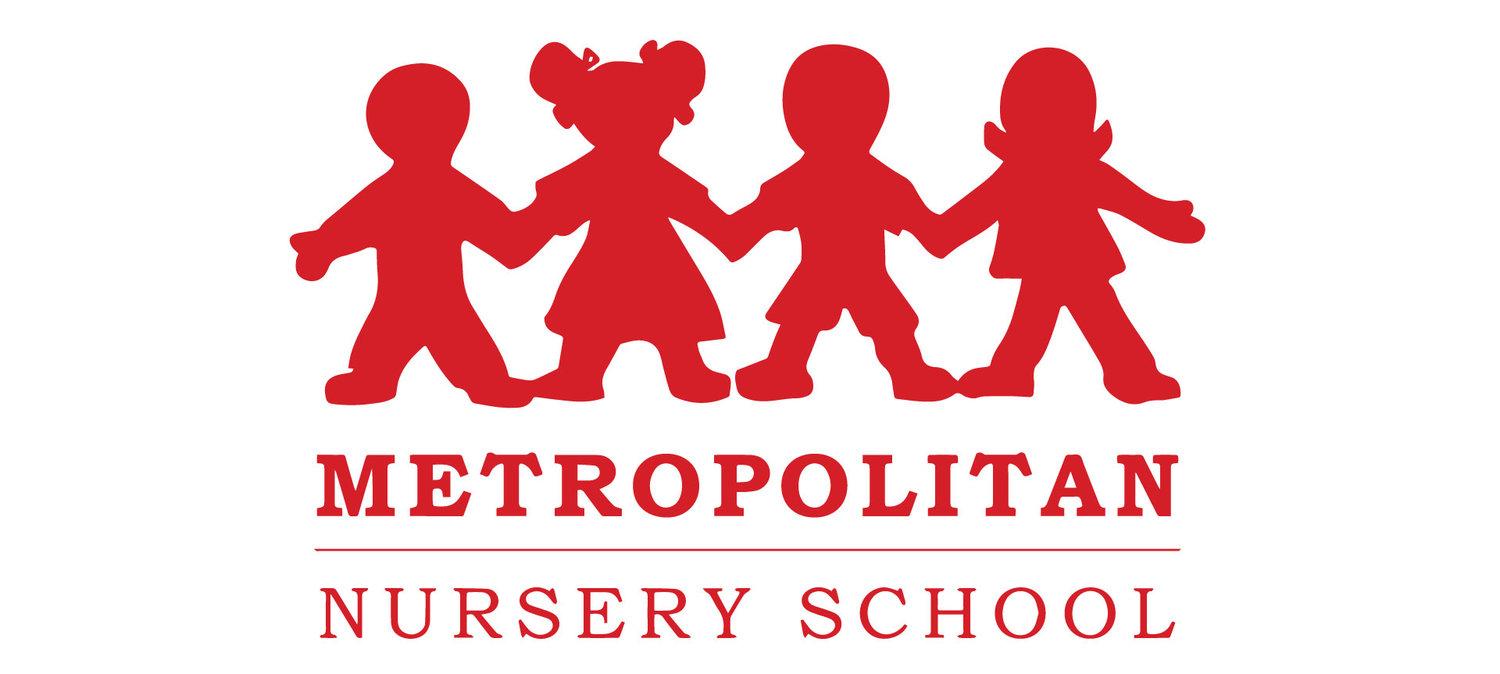The start of school can be filled with mixed emotions for both grown ups and children. Here are some Tips for Good Good-Byes:
Talk to your child beforehand about what to expect. Meet the teachers and ask questions at the visiting day. Look at the calendars in this email and use that information to talk to your child about the classroom and what to expect. Talk about your teachers and use their names often, if your child sees you as liking and trusting of the teacher, they are more likely to build their own trust faster.
Be on time. It is hard to come into a full room that is already in full swing. It's also when everyone else will be there doing the same thing.
Greet your teachers at the door and then say "good-bye". Keep your good-bye brief. I know this is hard especially if your child is crying, but you want to show your child that you are confident that they will be safe and have fun. If you prolong the good-bye it can make them feel less certain/secure.
If it goes great, keep the same routine on day 2!
What if it doesn't go well? Follow the plan above and leave your child with the teacher. We are no strangers to tears. They usually calm down quickly once the caregiver is no longer in sight. If they don't your teacher will call you and discuss a plan of action for day 2.
What if I am sad? First days can be hard whether they go well and your child gleefully bounces off with the teacher or they are rough and you say good-bye to a crying child. Don't be shocked if you feel like crying too. It is normal, but try to save it for when your child can't see you.
The teachers have done this before and they have seen it all. We will absolutely be in contact if there are any issues and we expect surprises (sometime the child that seems the most ready at visiting day is the most reluctant on day one). We are ready with extra teaching hands on deck in these first few days to make sure every child gets the support they need for a successful start to school.
